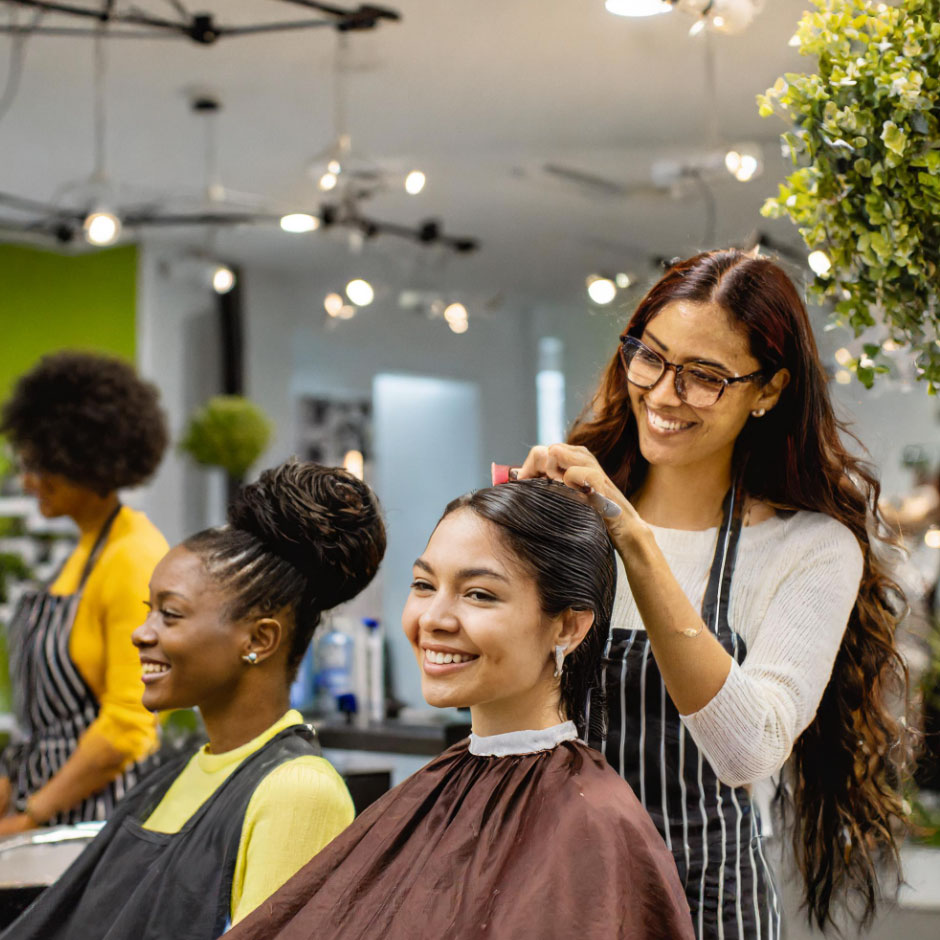Understanding Diversity in Hairstyling
Diversity in hairstyling goes beyond just hair type or texture; it encompasses a myriad of factors, including race, ethnicity, cultural background, and personal style preferences. Each client who walks through the salon doors brings with them a rich tapestry of experiences and traditions that deserve to be celebrated and honored.
Tip 1: Education and Awareness
One of the first steps in promoting inclusivity in hairstyling is education and awareness. Hairstylists should take the time to educate themselves and their staff about the unique needs and preferences of clients from diverse backgrounds. This includes understanding different hair textures, styling techniques, and cultural practices related to hair care.
Attending workshops, seminars, and online courses focused on multicultural hair care can provide valuable insights and knowledge that can be applied in the salon setting. By continuously learning and evolving, hairstylists can better serve their diverse clientele and create inclusive spaces where everyone feels welcome and valued.
Tip 2: Product Diversity
Incorporating a diverse range of hair care products into the salon’s offerings is another essential aspect of promoting inclusivity. Clients with different hair types and textures have unique needs when it comes to styling and maintenance, and having a variety of products available ensures that every client can find something that works for them.
Stocking products specifically formulated for curly, coily, kinky, and straight hair, as well as products designed for specific cultural hair care practices, demonstrates a commitment to meeting the diverse needs of clients. Additionally, showcasing products from brands that prioritize inclusivity and diversity sends a powerful message of support and acceptance to clients.
Tip 3: Representation Matters
Representation plays a crucial role in promoting inclusivity in hairstyling. Clients want to see themselves reflected in the salon environment, from the marketing materials to the stylists themselves. By featuring diverse models and clients in promotional campaigns, social media posts, and salon decor, hairstylists can create a welcoming and inclusive atmosphere that resonates with clients from all backgrounds.
Moreover, hiring diverse stylists and staff members not only enriches the salon’s team but also ensures that clients have access to professionals who understand their unique hair care needs and can provide personalized service and guidance.
Tip 4: Personalized Consultations
Every client who walks into the salon has a different hair journey and set of preferences, and it’s essential to approach each consultation with sensitivity and understanding. Taking the time to listen to the client’s concerns, preferences, and cultural background allows hairstylists to provide personalized recommendations and solutions tailored to their individual needs.
Offering consultations that focus on understanding the client’s hair type, texture, and styling goals, as well as any cultural or religious considerations, ensures that every client feels seen, heard, and respected. Whether it’s recommending a protective style for natural hair or suggesting products that enhance curl definition, personalized consultations demonstrate a commitment to meeting the diverse needs of clients.
Tip 5: Creating a Welcoming Environment
Above all, creating a welcoming and inclusive environment is essential for promoting diversity in hairstyling. From the moment clients walk through the door, they should feel valued, respected, and embraced for who they are. This includes fostering an atmosphere of acceptance and understanding among staff members and creating a salon space that celebrates diversity in all its forms.
By incorporating inclusive language, imagery, and decor into the salon environment, hairstylists can send a clear message that everyone is welcome, regardless of their race, ethnicity, or cultural background. Encouraging open dialogue and mutual respect among clients and staff fosters a sense of community and belonging that extends far beyond the salon walls.
Conclusion
In 2024 and beyond, embracing inclusive beauty is not just a trend; it’s a fundamental aspect of hairstyling that enriches the salon experience for clients and stylists alike. By educating ourselves, diversifying our product offerings, prioritizing representation, offering personalized consultations, and creating welcoming environments, hairstylists can promote diversity in hairstyling and create spaces where everyone feels seen, heard, and celebrated for their unique beauty. Together, let’s embrace the beauty of diversity and create a world where everyone’s hair story is honored and cherished.
